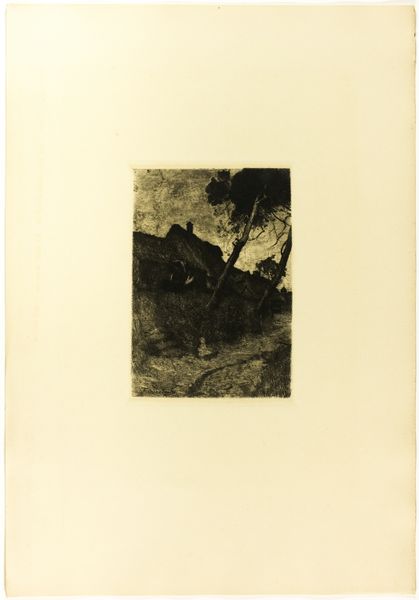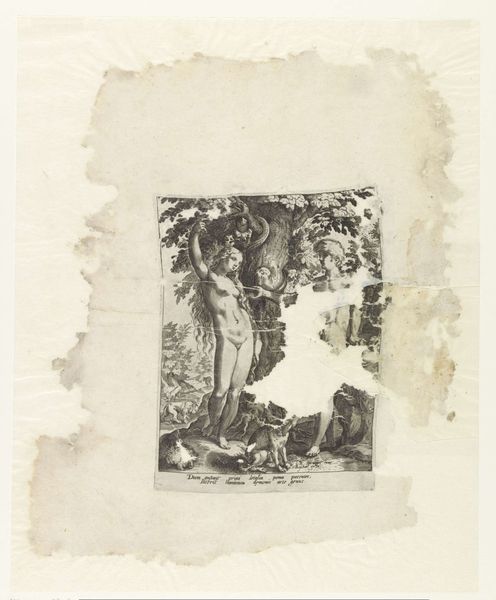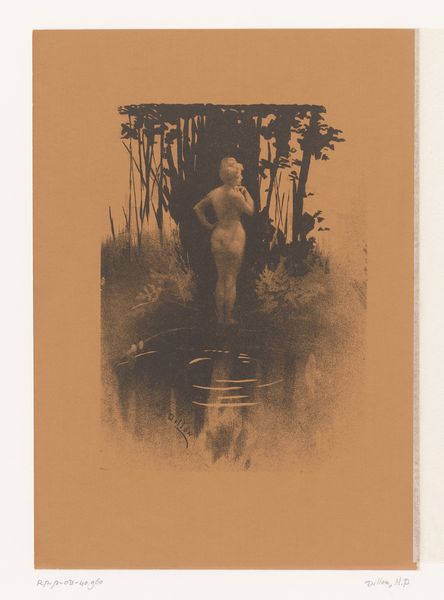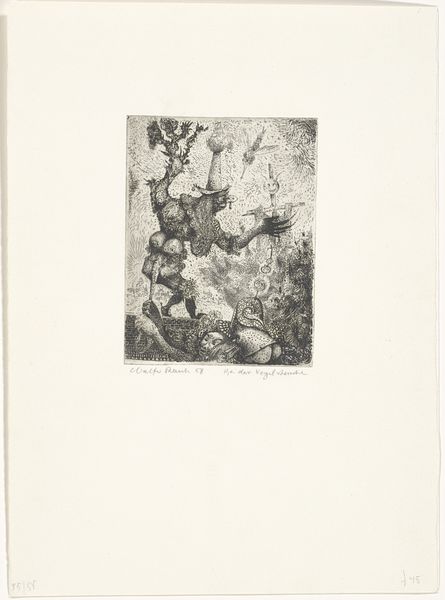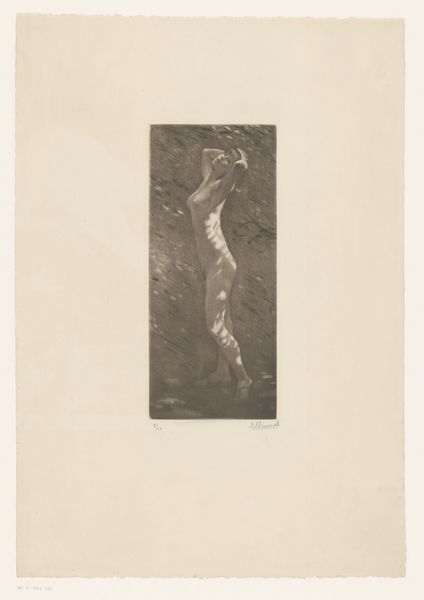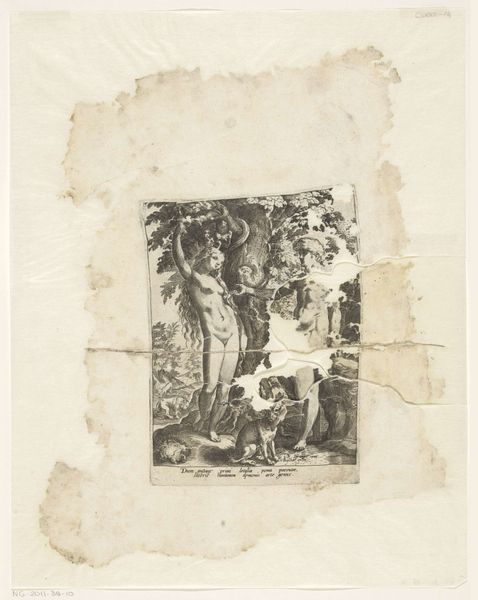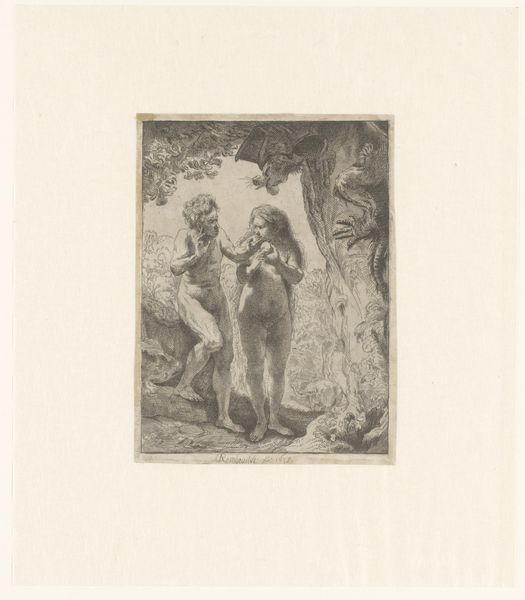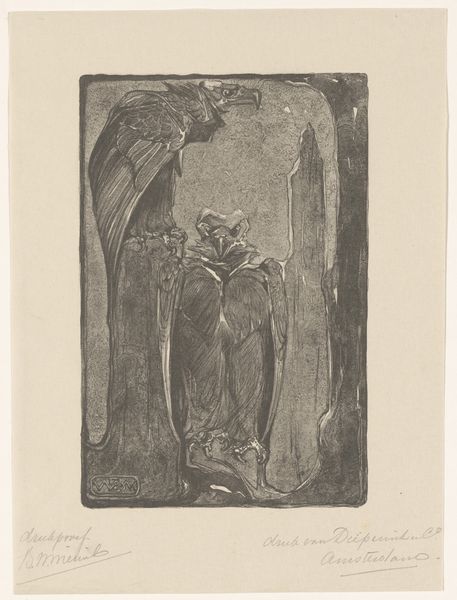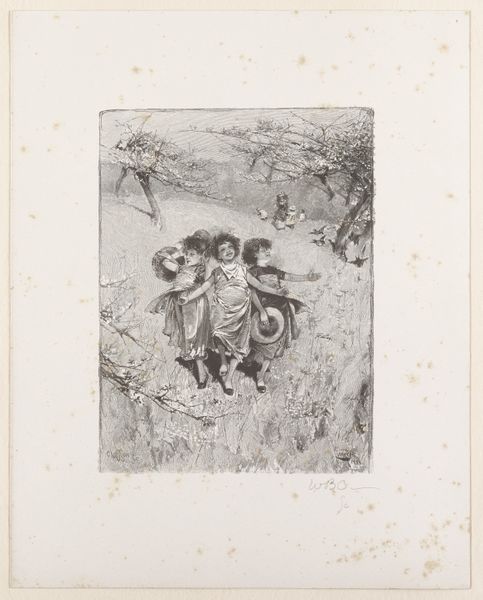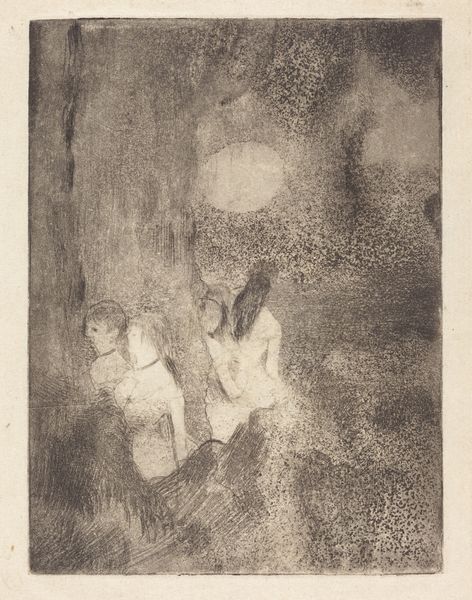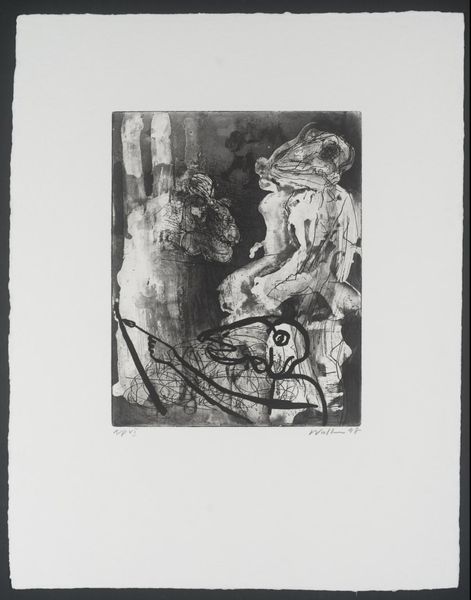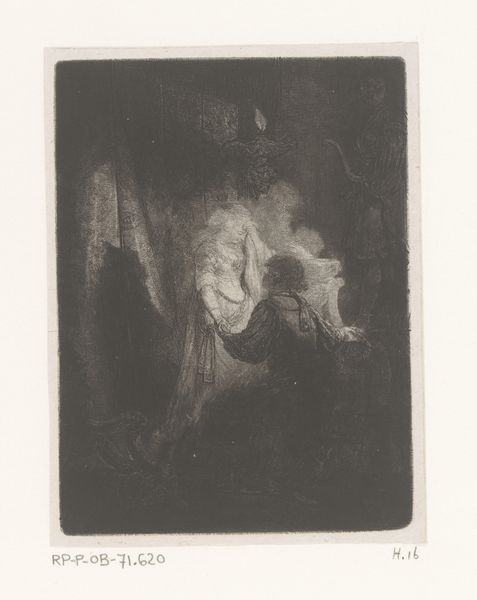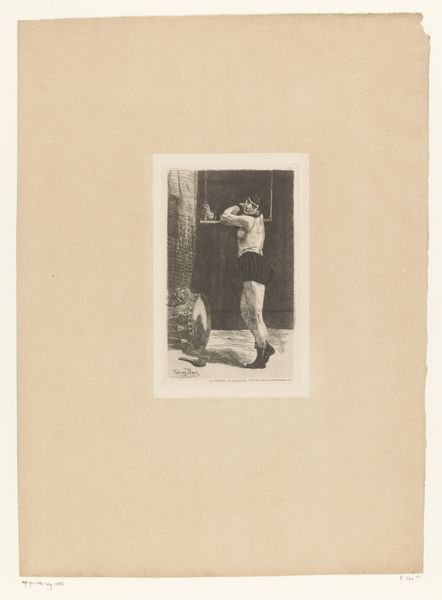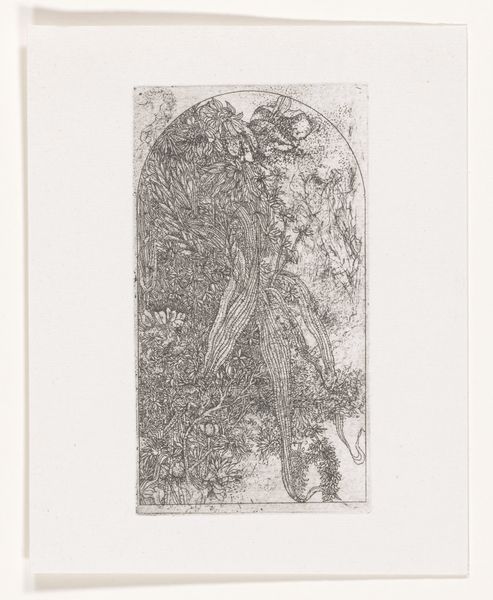
engraving
#
natural tone
#
landscape
#
figuration
#
romanticism
#
history-painting
#
engraving
Dimensions: height 520 mm, width 397 mm
Copyright: Rijks Museum: Open Domain
Jean Nicolas Laugier's "Zephyrus" depicts the West Wind, a classical deity, in an engraving filled with allegorical meaning. Although appearing only as a silhouetted form, the figure exudes vitality against a meticulously rendered landscape. Zephyrus, as a symbol, carries a rich history, from his gentle breezes that awaken spring in ancient Greek mythology, to his depictions in Renaissance art. This wind god is a recurring motif, not merely as a force of nature, but as a harbinger of change and renewal. We find echoes of Zephyrus in Botticelli’s "Primavera," where he heralds Flora, goddess of spring, with a warm gust. Consider the psychological weight of wind, it’s the unseen force that can stir both tranquility and tempest. In Laugier's rendering, this elemental power engages us on a subconscious level. The silhouette, paradoxically, amplifies this, inviting viewers to project their own sense of longing onto the image. It is a powerful and emotionally charged symbol. Through Laugier’s lens, the ancient spirit of Zephyrus is reborn, demonstrating the perpetual return and transformation of symbols across the currents of time.
Comments
No comments
Be the first to comment and join the conversation on the ultimate creative platform.
